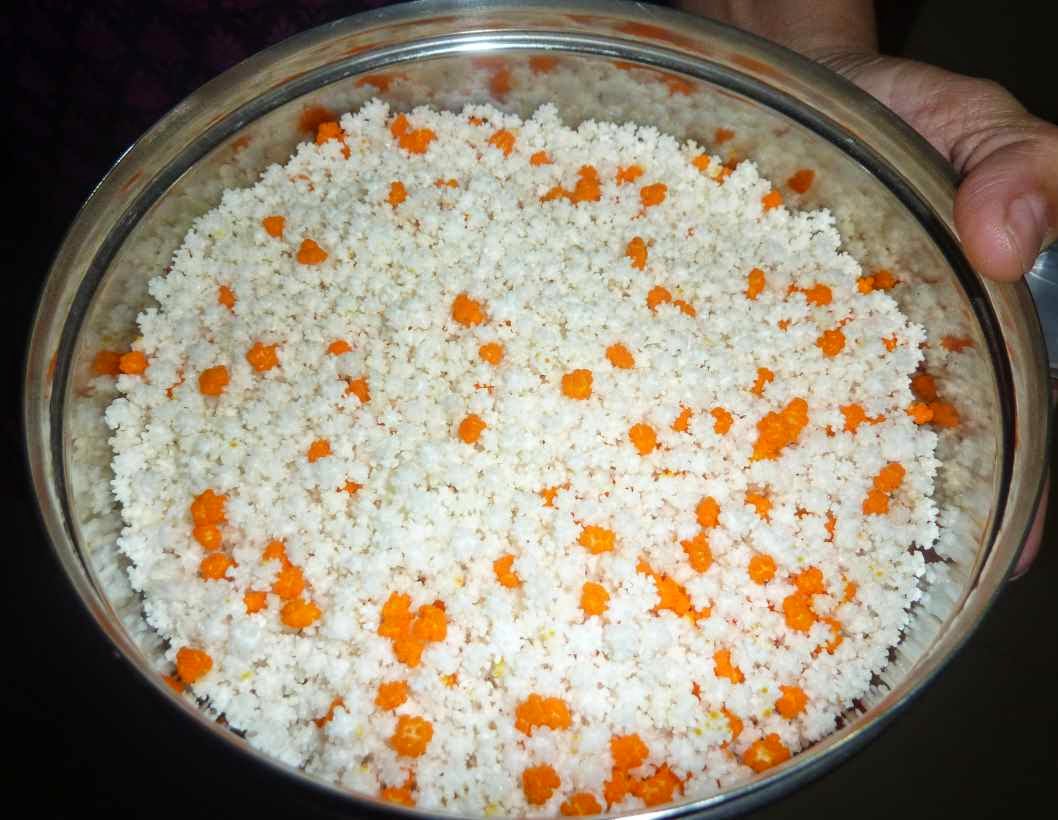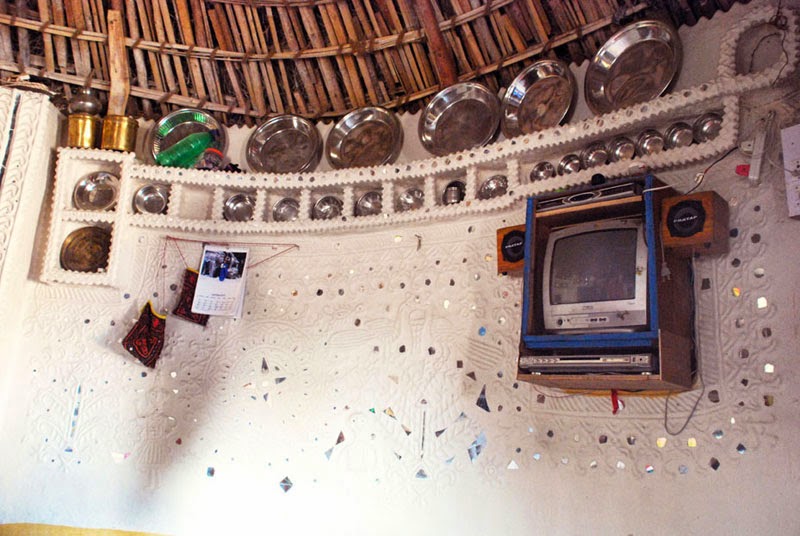Thought behind the thought
It crossed my mind, as I looked at some Origami sculptures, how they all start from being just a plain square sheet of paper, and end up being such fantastic sculptures, so different from each other!
It set me thinking about people, how they too start with almost the same amount of physical and mental resources, ( with a little variation due to birth and circumstances, of course) but end up being so diverse from each other. The same 24 hours to a day, the same two hands and feet, the same thinking mind, the same loving heart, to begin with. And they get folded in a hundred different ways, to become unique people with their unique abilities and failings!
And no matter what you begin with, you can always change yourself and your circumstances, to create your own unique identity!
About the Art
There are many types of Origami practised today:
Action origami
This includes origami that flies, requires inflation to complete, or, when complete, uses the kinetic energy of a person's hands, applied at a certain region on the model, to move another flap or limb.
Modular origami
This consists of putting a number of identical pieces together to form a complete model. Normally the individual pieces are simple but the final assembly may be difficult.
Wet-folding
This is a technique for producing models with gentle curves rather than geometric straight folds and flat surfaces. The paper is dampened so it can be moulded easily, the final model keeps its shape when it dries.
Pureland origami
This type adds the restrictions that only simple mountain/valley folds may be used, and all folds must have straightforward locations.
This type adds the restrictions that only simple mountain/valley folds may be used, and all folds must have straightforward locations.
Origami tessellations
This branch of origami includes a collection of figures filling a plane with no gaps or overlaps. Pleats are used to connect molecules such as twist folds together in a repeating fashion.
Kirigami
Kirigami is a Japanese term for paper cutting. Cutting was often used in traditional Japanese origami, but modern innovations in technique have made the use of cuts unnecessary.
Kirigami is a Japanese term for paper cutting. Cutting was often used in traditional Japanese origami, but modern innovations in technique have made the use of cuts unnecessary.
















































_in_Ellora_Caves.jpg)



